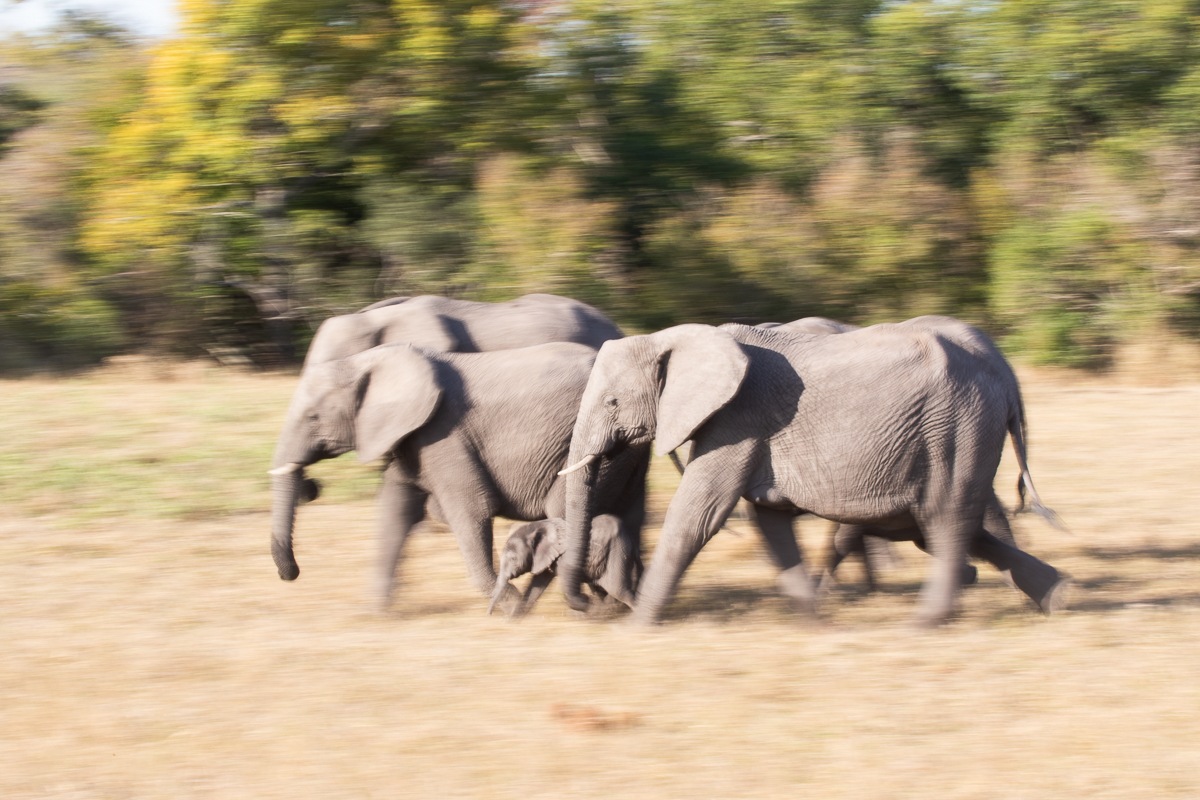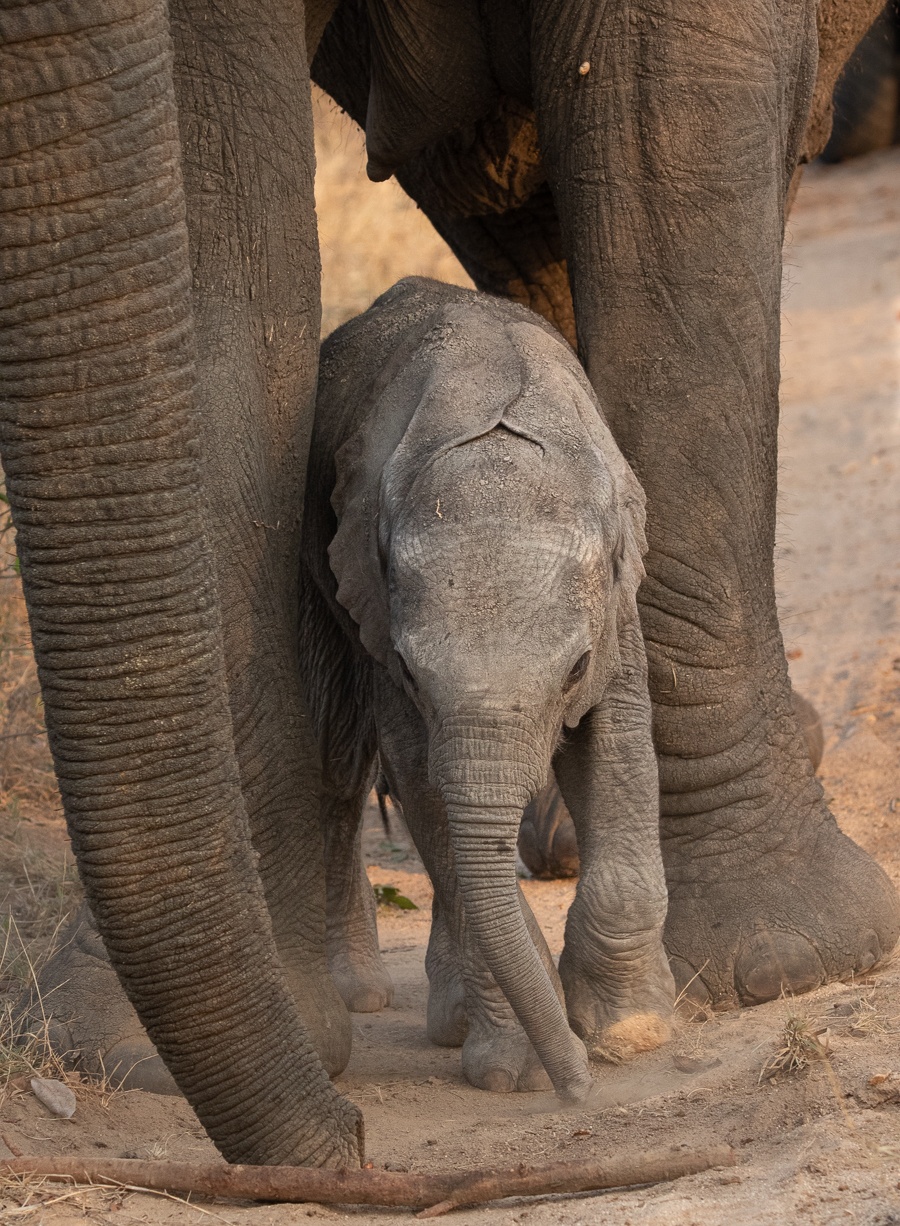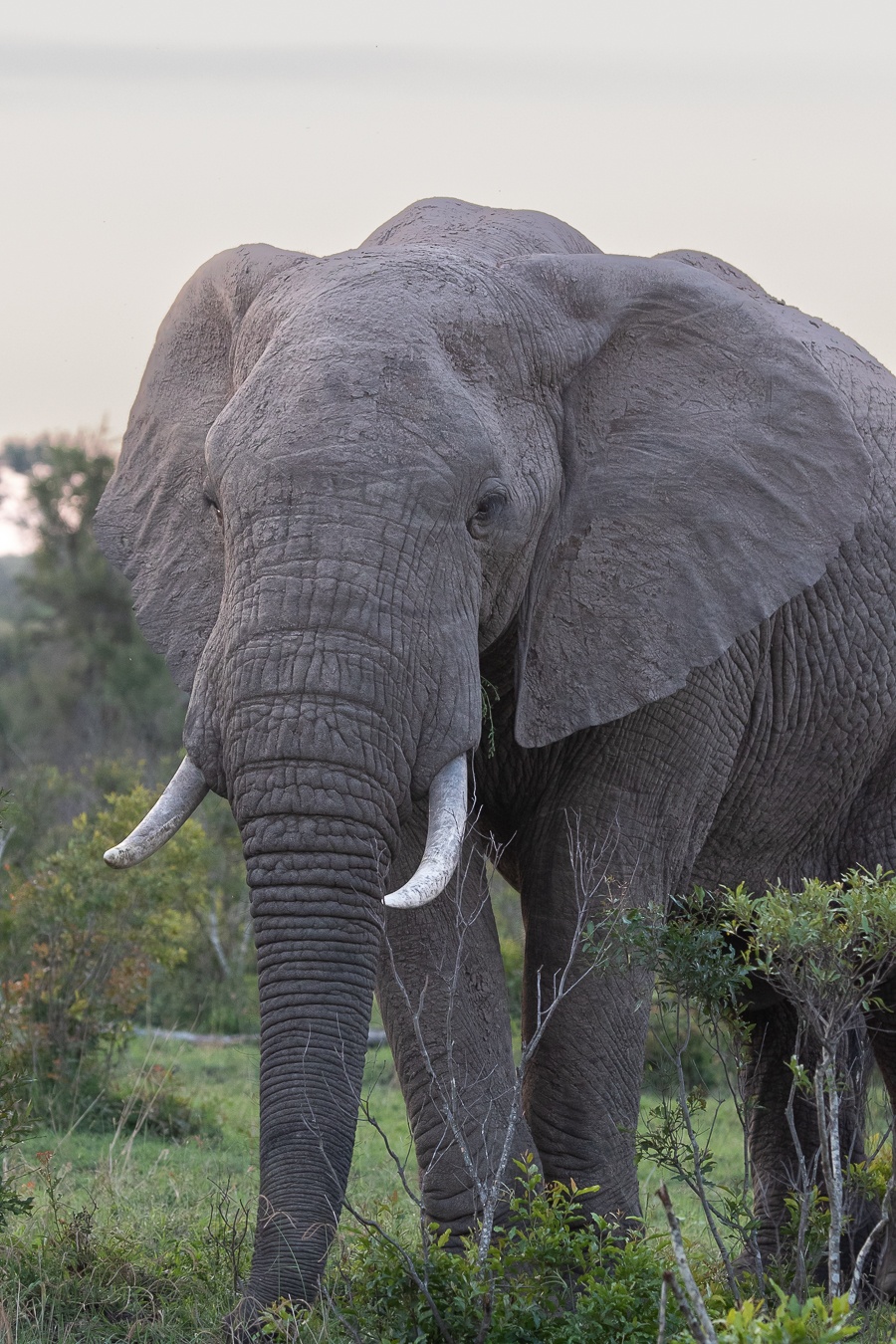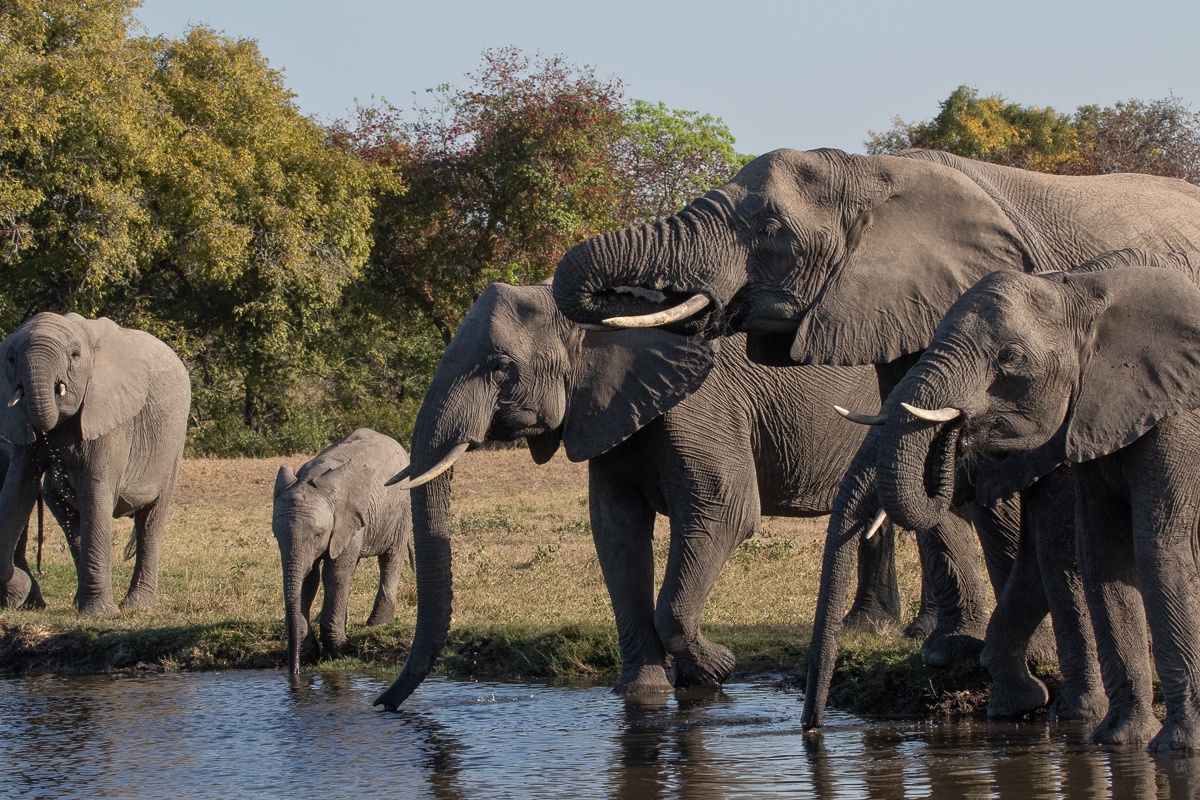How old is that elephant?
on May 02, 2023The gentle giants of the African bush can live upwards of 60 years making elephants the longest living mammal at Sabi Sabi. This always triggers the question, “How old is that elephant?” Ageing an elephant is not an easy task unless an individual has been seen regularly from birth.

The most reliable way of ageing an elephant is by looking at its teeth. An elephant’s molars are important as they are used grinding up plant material and are replaced six times during its lifetime. These molars form at the back of the jaw and move slowly forward and upward. Each set is gradually worn down fragmented and fall to the ground in pieces. The replacement of these molars can be linked directly to age, therefore by identifying the molars in use, the age span of an elephant can be determined.
- Molar set 1 age 0 - 2 years.
- Molar set 2 age 0 - 6 years.
- Molar set 3 age 1 - 15 years.
- Molar set 4 age 6 - 28 years.
- Molar set 5 age 18 - 43 years.
- Molar set 6 age 30 - 65 years.
For more accurate calculations, scientists look at the exact position of the molars within the jaw. This is obviously not possible while out in the field so we would use some slightly different methods to estimate elephants age some of which are outlined below.
- At birth: Calves are born pink behind the ears and have a significant amount of hair over the body.

- Under 1 year: Calves are able to walk under their mom’s belly.
- Calves up to 2 years: are totally dependent on mother’s milk. They are not capable of sucking water with their trunk yet and drink with their mouths, even kneeling to drink water with their mouths.
- Juveniles 2 - 10 years: Eat solid food although they will generally continue to suckle until the age of 3 - 4 years or even longer if there is no new calf born to the mother. During these years they slowly become more independent. Males play and spar with each other and will venture further away from their mothers. Females start to look after younger siblings and become ‘allomothers’.
- Sub adults 10 - 15 years: at this age males start to leave the family unit and associate more with other males. Females engage in allomothering before their first conception.
- Adults 20 - 35 years: adult females tusk circumference at the lip is now distinctly thicker than the younger females. From 25 years and onwards the males head shape changes to the hourglass shape.

- Adults 35 - 50: Adult females back has lengthened by now, and is visibly longer, her tusks are slowly thickening. Females over 50 years have hollows above their eye, their ears are held low and appear to sway-backed. By age 40 years, the adult male is very big, with a heavy-set body, and towers over the largest female by a meter or more at the shoulder. His tusks are thick, and the temple area is sunken in.

Although all the above are generalisations, and there will be many exceptions to the rule, this can be used as a rough guideline to determine how old each elephant may be when you come across them in the field.
Blog by Jason Street (Bush Lodge Ranger)







